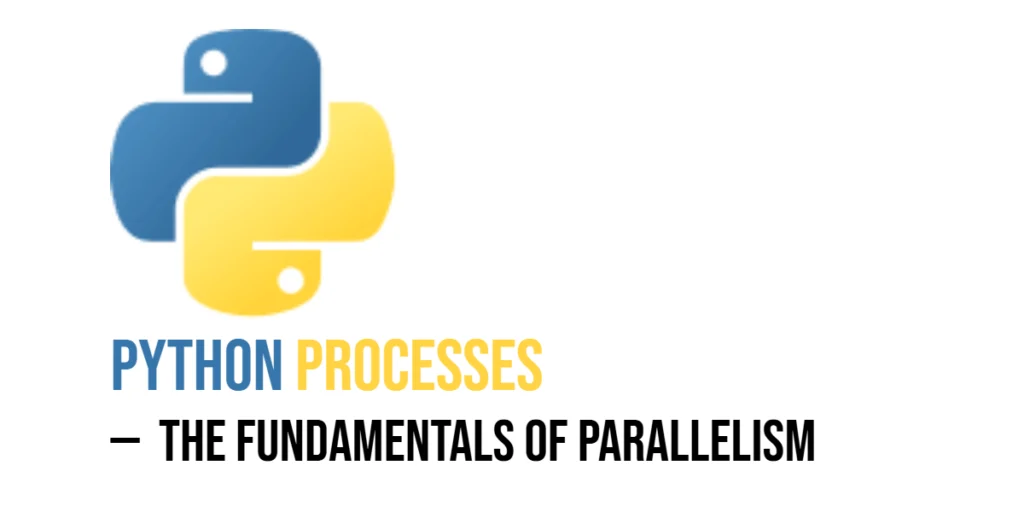Sorting is a fundamental concept in programming, and mastering it opens the door to solving more complex problems efficiently. One of the most popular and reliable sorting algorithms is Merge Sort. Unlike simpler algorithms like Bubble Sort or Insertion Sort, Merge Sort is based on the divide-and-conquer approach, making it faster and more efficient for large datasets. Learning Merge Sort helps beginners understand recursion, algorithmic thinking, and how breaking a problem into smaller parts can simplify its solution.

with hands-on learning.
get the skills and confidence to land your next move.
Merge Sort is widely used in real-world applications where performance matters, such as databases, search engines, and large-scale data processing. It works by dividing a list into smaller sublists, sorting those sublists, and then merging them back together in the correct order. While the concept may seem advanced at first, step-by-step practice makes it accessible and highly rewarding for new Python programmers.
Program 1: Merge Sort Using Recursion
This program implements the classic recursive approach to Merge Sort. It splits the list into halves, recursively sorts each half, and then merges them to produce a sorted list.
def merge_sort(arr):
if len(arr) > 1:
mid = len(arr) // 2
left_half = arr[:mid]
right_half = arr[mid:]
merge_sort(left_half)
merge_sort(right_half)
i = j = k = 0
while i < len(left_half) and j < len(right_half):
if left_half[i] < right_half[j]:
arr[k] = left_half[i]
i += 1
else:
arr[k] = right_half[j]
j += 1
k += 1
while i < len(left_half):
arr[k] = left_half[i]
i += 1
k += 1
while j < len(right_half):
arr[k] = right_half[j]
j += 1
k += 1
return arr
numbers = [38, 27, 43, 3, 9, 82, 10]
sorted_numbers = merge_sort(numbers)
print("Sorted list:", sorted_numbers)In this program, the list is split into two halves until each sublist contains a single element. Then, the merge process compares elements from both halves and arranges them in order. This recursive approach is useful for beginners because it demonstrates how dividing a problem into smaller pieces makes sorting more manageable, and it introduces them to the concept of recursion in Python.
Program 2: Iterative Merge Sort
Although Merge Sort is usually implemented recursively, it can also be done iteratively. This approach is useful when dealing with very large lists where recursion depth may be an issue.
def merge_sort_iterative(arr):
width = 1
n = len(arr)
while width < n:
for i in range(0, n, 2 * width):
left = arr[i:i + width]
right = arr[i + width:i + 2 * width]
arr[i:i + 2 * width] = merge(left, right)
width *= 2
return arr
def merge(left, right):
result = []
i = j = 0
while i < len(left) and j < len(right):
if left[i] < right[j]:
result.append(left[i])
i += 1
else:
result.append(right[j])
j += 1
result.extend(left[i:])
result.extend(right[j:])
return result
numbers = [20, 3, 15, 7, 9]
print("Original List:", numbers)
sorted_numbers = merge_sort_iterative(numbers)
print("Sorted List:", sorted_numbers)In this iterative version, the list is merged in pairs of increasing size until the entire list is sorted. Beginners can see that recursion is not the only way to implement Merge Sort, and iterative methods are also practical for large datasets.
Program 3: Merge Sort in Descending Order
Merge Sort can be adapted to sort lists in descending order by modifying the comparison during the merge step. This version ensures that the largest elements come first.
def merge_sort_desc(arr):
if len(arr) > 1:
mid = len(arr) // 2
left_half = arr[:mid]
right_half = arr[mid:]
merge_sort_desc(left_half)
merge_sort_desc(right_half)
i = j = k = 0
while i < len(left_half) and j < len(right_half):
if left_half[i] > right_half[j]:
arr[k] = left_half[i]
i += 1
else:
arr[k] = right_half[j]
j += 1
k += 1
while i < len(left_half):
arr[k] = left_half[i]
i += 1
k += 1
while j < len(right_half):
arr[k] = right_half[j]
j += 1
k += 1
return arr
numbers = [15, 3, 9, 8, 5, 2]
sorted_numbers = merge_sort_desc(numbers)
print("Sorted list in descending order:", sorted_numbers)This program works similarly to the ascending version, but it swaps the comparison operator to ensure that larger numbers are placed before smaller ones. Beginners can see how small changes in logic can reverse the sorting order while keeping the structure of the algorithm intact.
Program 4: Merge Sort Using Helper Merge Function
For clarity and readability, Merge Sort can also be implemented by separating the merge step into a helper function. This version highlights modular programming, making the code easier to understand and maintain.
def merge(left, right):
result = []
i = j = 0
while i < len(left) and j < len(right):
if left[i] < right[j]:
result.append(left[i])
i += 1
else:
result.append(right[j])
j += 1
result.extend(left[i:])
result.extend(right[j:])
return result
def merge_sort_modular(arr):
if len(arr) <= 1:
return arr
mid = len(arr) // 2
left = merge_sort_modular(arr[:mid])
right = merge_sort_modular(arr[mid:])
return merge(left, right)
numbers = [34, 7, 23, 32, 5, 62]
sorted_numbers = merge_sort_modular(numbers)
print("Sorted list using modular approach:", sorted_numbers)By using a helper function for merging, beginners can focus separately on how two sorted lists combine into a single sorted list. This approach teaches modular coding, making it easier to understand complex algorithms step by step and to reuse code in other programs.
Program 5: Merge Sort Using Generics with Python’s Built-in Data Types
Python allows Merge Sort to work on multiple data types like strings or floats without much modification. This program shows sorting strings using Merge Sort.
def merge_sort_generic(arr):
if len(arr) <= 1:
return arr
mid = len(arr) // 2
left = merge_sort_generic(arr[:mid])
right = merge_sort_generic(arr[mid:])
return merge_generic(left, right)
def merge_generic(left, right):
result = []
i = j = 0
while i < len(left) and j < len(right):
if left[i] < right[j]:
result.append(left[i])
i += 1
else:
result.append(right[j])
j += 1
result.extend(left[i:])
result.extend(right[j:])
return result
words = ['banana', 'apple', 'cherry', 'date']
print("Original List:", words)
words = merge_sort_generic(words)
print("Sorted List:", words)This generic approach shows how Merge Sort can work with different Python data types. Beginners can learn how type flexibility in Python allows sorting integers, floats, or strings using the same logic, which is useful for many real-world applications.
Frequently Asked Questions (FAQ)
Merge Sort often raises questions for beginners. Here are some answers to help clarify common doubts.
Q1: What is the time complexity of Merge Sort?
Merge Sort has a time complexity of O(n log n) in all cases—best, average, and worst—which makes it highly efficient for large datasets.
Q2: Is Merge Sort stable?
Yes, Merge Sort is stable, meaning that it preserves the relative order of elements with equal value. This is important when sorting complex data.
Q3: Can Merge Sort be used with linked lists?
Absolutely. Merge Sort works very efficiently with linked lists because merging can be done without extra space, unlike arrays.
Q4: How does Merge Sort compare to Quick Sort?
Merge Sort guarantees O(n log n) performance and is stable, while Quick Sort is usually faster on average but can degrade to O(n²) in the worst case and is not stable.
Q5: Can Merge Sort be implemented iteratively?
Yes, iterative Merge Sort avoids recursion and is useful for very large lists where recursion depth could cause issues.
Conclusion
Merge Sort is a foundational algorithm that every Python programmer should understand. It introduces beginners to recursion, efficient problem-solving, and modular programming. In this article, we explored multiple approaches, including recursive, iterative, descending order, and generic implementations.
For beginners, the best way to master Merge Sort is to practice implementing it, experiment with different data types, and modify it for ascending or descending order. Sorting is a key skill, and learning Merge Sort will provide a strong foundation for tackling more advanced programming challenges in Python.







